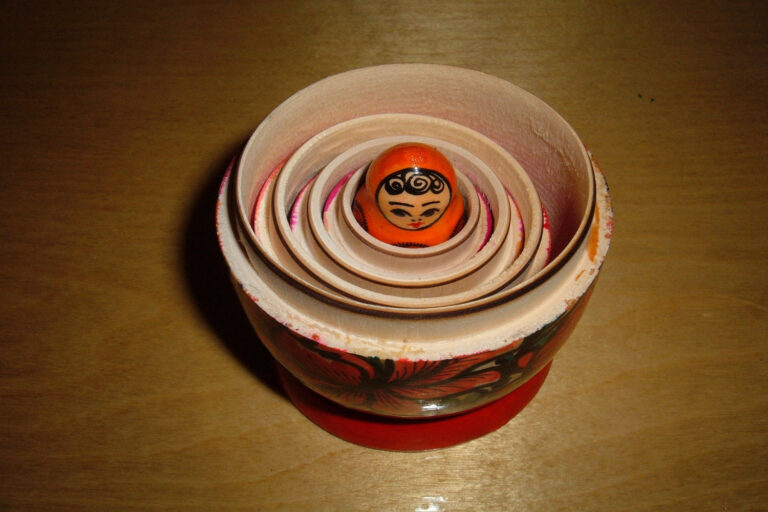The Secret Weapon of Happy Couples: How to Repair Fights Before They Go Too Far
Every couple fights. It’s not the conflict itself that breaks relationships—it’s what you do during and after the fight that matters most.
That’s where Dr. John Gottman’s Repair Checklist comes in. It’s a science-backed tool that helps couples hit the brakes before things spiral, using simple phrases and gestures that calm tempers, lower defenses, and help partners reconnect. Think of it as your relationship’s emergency brake—small words, big impact.
⸻
What Is a Repair Attempt?
A repair attempt is anything you say or do to keep a disagreement from blowing up. It can be: • A word: “I’m sorry I snapped.” • A gesture: reaching out to hold a hand. • A pause: “Can we take a break?” • A compliment in the middle of a storm: “I know you’re trying.”
These are not magic words. But they are powerful tools when used at the right time. They stop fights from escalating, remind both of you that you’re on the same team, and turn tension into teamwork.
⸻
Inside the Gottman Repair Checklist
Dr. Gottman’s Repair Checklist breaks down these attempts into categories. Some help express vulnerable feelings (“I feel overwhelmed”), others slow things down (“Let’s take a break”), and some offer perspective or appreciation (“This isn’t your fault,” or “That’s a good point”).
What’s brilliant about it? It gives couples a ready-made menu of repair options—so they’re not grasping in the dark when emotions run hot. It even helps them laugh together in the middle of tension (and for couples in crisis, that’s gold).
As a couples therapist, I love using this tool with highly distressed couples. It often surprises them how something so simple—naming what works and doesn’t—can soften the mood and open space for connection.
⸻
Cognitive vs. Emotional Repairs
Not all repair attempts are created equal.
Cognitive repairs are logical and solution-focused:
“Let’s figure this out.” “Maybe there’s a compromise.”
They aim to fix the problem—but they miss the heart. In my experience (and Gottman’s research backs this up), these don’t land well in the heat of a fight.
Emotional repairs are where the magic happens:
“I can see why that hurt.” “I know I scared you, and I’m sorry.”
These include humor, empathy, vulnerability, and humility. They’re human, heartfelt, and infinitely more effective. Why? Because they soothe the nervous system. They say, “I’m here. We’re okay. You’re not alone.”
⸻
A Real-Life Example: The Car Fight
You’re arguing about whether to buy a new car or fix the old one.
“I can’t believe you think it’s okay to spend that much!”
Tension builds. Your tone sharpens. You feel misunderstood and furious.
Then your partner takes a breath and says:
“That’s a good point. I did get a new car last year. That must feel unfair.”
Boom. Your shoulders drop. The fight softens. You’re seen.
You reply:
“Thank you for saying that. I’m sorry for how I came at you…”
Now you’re in a totally different conversation—one where it feels like you’re on the same team again.
That, right there, is a repair attempt in action.
⸻
Why Couples Who Fight Well Are Just Better Friends
Here’s a surprising truth: couples who handle fights well aren’t necessarily more “mature”—they’re just better friends.
They know each other’s inner world. They spend time together. They express affection and admiration. And because they feel close, repair attempts are more likely to land.
When you believe your partner is a good person who’s sometimes a jerk, you stay open to repair. When you believe your partner is a jerk who’s occasionally nice, you stay guarded—and repairs bounce off.
Gottman’s golden rule? Aim for five positive interactions for every one negative moment. That’s the salt-to-pepper ratio of a healthy fight.
⸻
What Gets in the Way of Repair?
Here’s the big enemy of repair: Negative Sentiment Override.
This is when your relationship hits a state where everything feels hostile—even neutral comments get interpreted as attacks. You stop seeing your partner as a teammate and start seeing them as the enemy.
In that state, repair attempts don’t work. Or worse, they backfire.
So how do couples get back on track?
They rebuild friendship—with empathy, shared meaning, rituals of connection, and affection. They also learn to spot their own triggers and take responsibility for their piece of the conflict.
Saying “You’re right, I was harsh,” isn’t weakness. It’s power. It’s repair.
⸻
Why Some People Can’t Repair (Yet)
Not everyone grew up with models of healthy repair. If you had caregivers who never apologized, you might struggle to believe in this whole “repair” concept. And if your partner has worn you down over time with criticism or neglect, it’s hard to reach across the emotional aisle.
That’s where science-based couples therapy comes in.
It helps you build the muscle to repair. It helps you learn to soothe each other and yourselves—even if you’ve never done that before. Even if your parents didn’t. Even if your partner doesn’t yet know how.
⸻
Conclusion: Fight Fair, Repair Often
You don’t need to avoid conflict to have a strong relationship. You just need to learn how to fight fair—and repair fast.
The Gottman Repair Checklist works because it builds on this truth: disagreements are inevitable, but disconnection is optional.
So next time you’re in a heated moment, reach for a repair. Say the kind thing. Soften your tone. Use humor. Tell the truth without blame.
And above all, remind your partner you’re still on their side.







